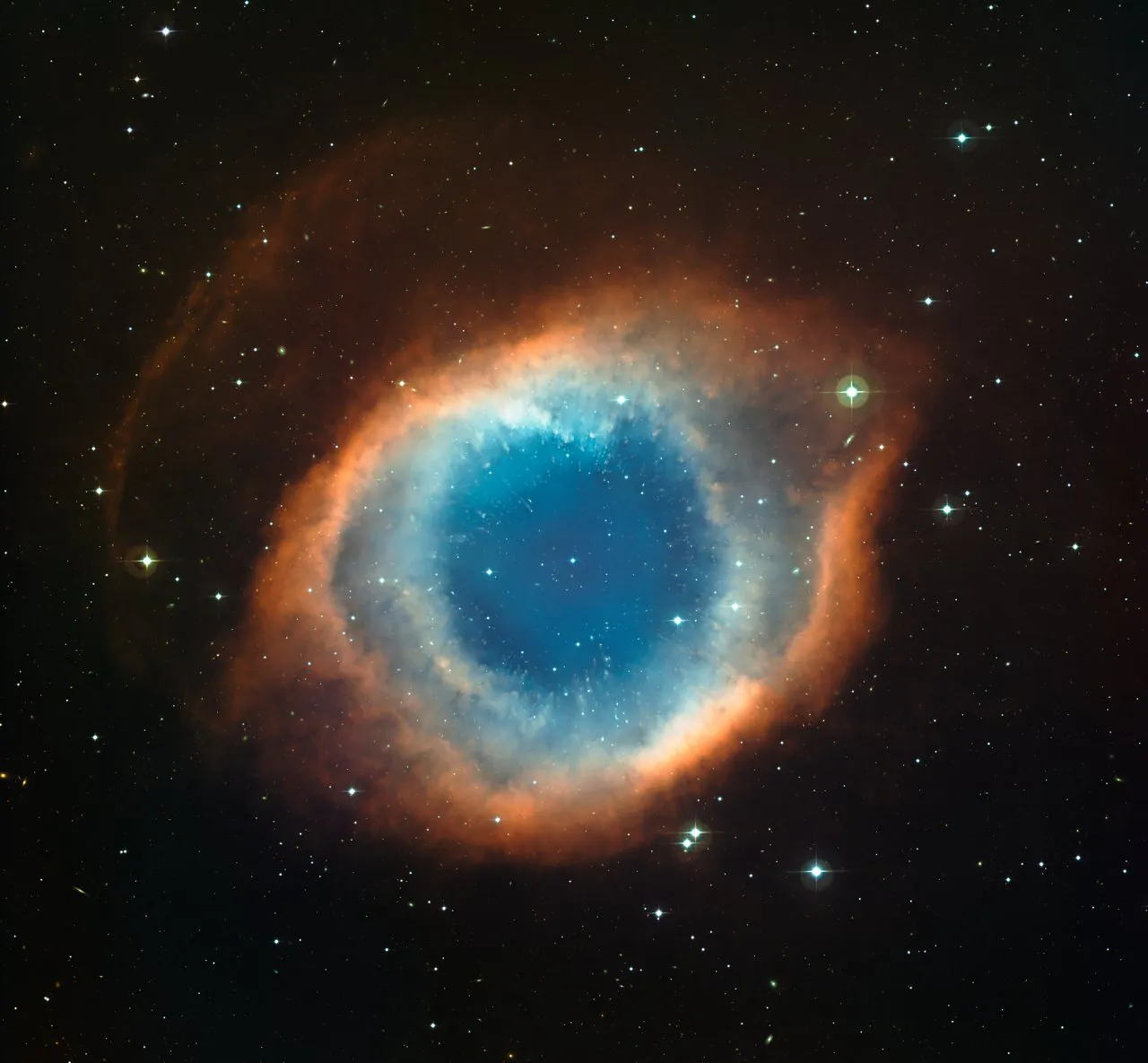
Supernovae
The heavy elements in your body were created by large stellar explosions - supernova explosions. For example, the element zinc, which is very important for your immune system. It helps to make sure you're not sick all the time, and it also helps you taste and smell. We take a closer look at the huge stellar explosions that form some of the heaviest elements
There are different types of supernovae, but what they all have in common is that they originate in stars. There were only two elements present right after the universe was formed at the Big Bang. Since then, heavier elements have been formed in stars and even heavier elements in supernovae.
Big stars
Energy production in all stars occurs through what is known as fusion - when lighter elements are fused into heavier ones. Very small stars can only fuse hydrogen into helium, while larger stars such as the Sun can combine multiple helium atoms into carbon. The fusion processes take place in the stars' cores or in shells around the core. The heaviest stars can form even heavier elements such as nickel and iron.
In the image below you can see the heaviest elements being formed in the core of a heavy star and the lighter elements in the surrounding shells.
The fusion processes release energy, which is what ultimately causes the star to glow. Heavier elements than iron cannot be formed in stars this way, and that's because iron is the most tightly bound element - it costs more energy to fuse iron into heavier elements than it releases. However, we know that heavier elements than iron exist, and the explanation for this lies in supernovae.

SHELL STRUCTURE
No more iron - so what?
When a heavy star has formed enough iron in its core, energy production stops. The star is now at the end of its life. When energy is no longer being produced in the core, there is no longer any outward pressure to counteract gravity and therefore the star collapses - it implodes.
The material close to the core hits the hard iron core and is thrown outwards again, creating an outward pressure wave. The shockwave tears the star apart in a huge explosion - a supernova. The energy released is extreme. In just a few seconds, more energy is released than the Sun will release in its entire life. For weeks afterwards, a supernova can shine brighter than an entire galaxy with billions of stars.
Because the energy released in a supernova is so extreme, heavier elements than iron can be formed. The elements are bombarded with energetic particles, including neutrons, which can fuse with the atoms and create heavier elements such as zinc.
Stellar debris
After a supernova explosion, the star is completely torn apart and sometimes it can leave its core behind. Depending on how heavy the star was when it exploded, different remnants may remain. It could be a neutron star, a black hole or nothing at all.
Stars between 10 and 25 solar masses leave behind a neutron star. A neutron star is formed when the iron core collapses. The material falling inwards heats and compresses the iron core so much that the iron atoms are smashed into helium atoms and the core is then compressed even more. Electrons and protons are then compressed to become neutrons. The nucleus ends up consisting only of neutrons - we have formed a neutron star.
Neutron stars are the smallest and densest stars in the universe, with a radius of only about 10 kilometres and a weight of up to two solar masses. A matchbox of neutron star material would weigh 13 million tonnes. That's the same as almost a hundred thousand blue whales.
If the star is heavier than 25 solar masses, the core cannot withstand the pressure of the inward falling material and it collapses to a point of extremely high density. The gravity is so great that not even light can escape. A black hole is created.
Kilonova
The heaviest elements such as platinum, gold and lead are created by very special explosions - kilonovae. When two neutron stars collide, an explosion also occurs. Here, radioactive heavy elements erupt in a cloud around the stars. They quickly spread out from the kilonova at speeds of up to one-fifth the speed of light.






